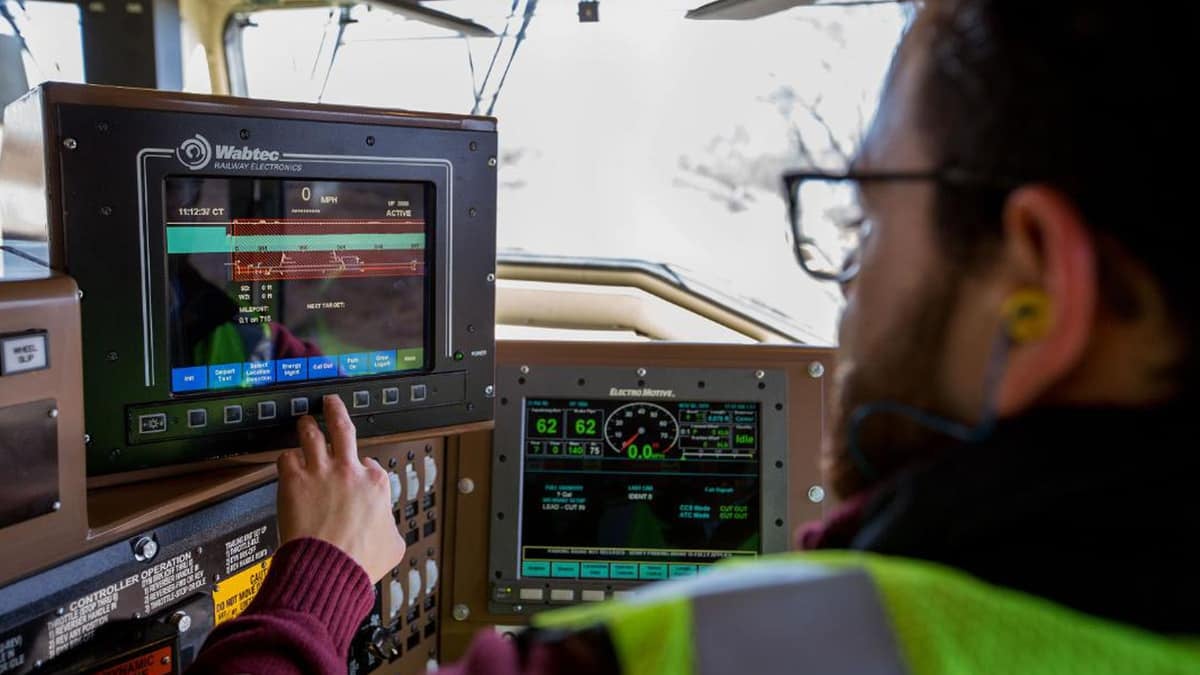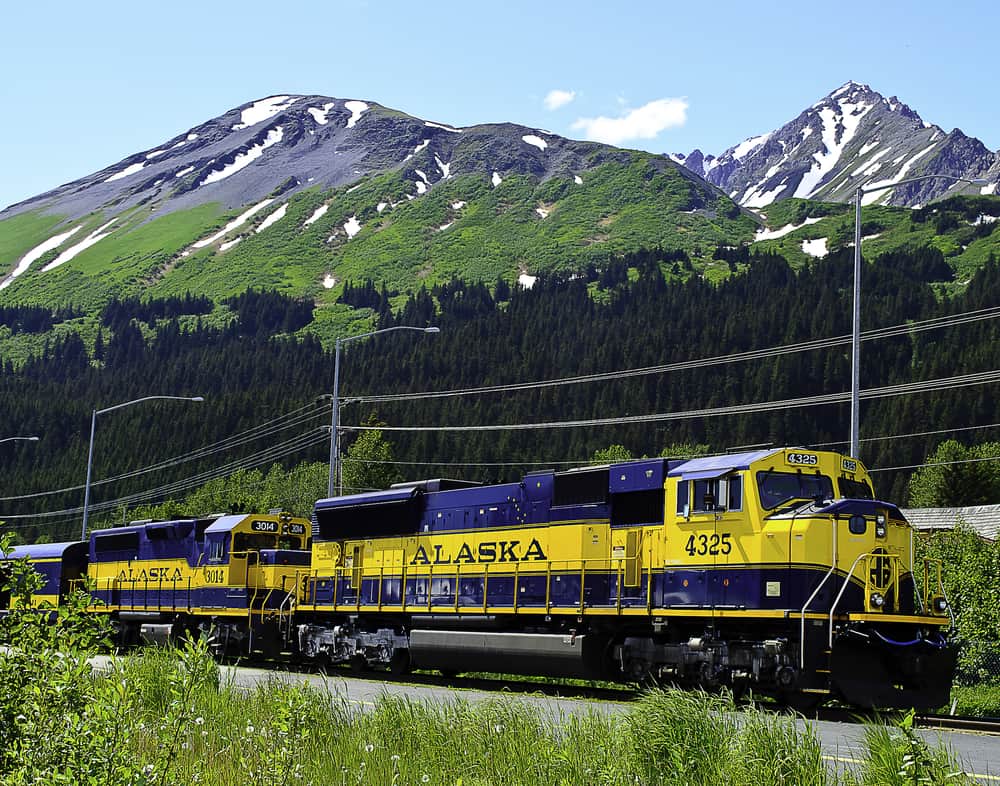The views expressed here are solely those of the author and do not necessarily represent the views of FreightWaves or its affiliates.
Railroads and pipelines, unlike other modes of transportation, have to finance and build practically all of their support infrastructure. This is why they are very capital-intensive and bear a large proportion of fixed costs as opposed to variable costs. They take on a large amount of upfront costs before even one boxcar or one drop of crude oil, as the case may be, can be transported in order to begin earning operating revenue.
Railroads, like all other modes of transportation, must deal with various types of government regulation. Unfortunately, some of these regulations were developed in response to tragic events. Positive Train Control (PTC), a regulation under the supervision of the Federal Railroad Administration (FRA), is one of these. The FRA’s implementation of the Rail Safety Improvement Act (2008) included the first set of PTC regulations. The law was enacted in response to the collision of a Metrolink passenger train with a Union Pacific (UP) freight train in Los Angeles on September 12, 2008. The engineer of the Metrolink train ignored or failed to notice a stop light and proceeded onto the track of the UP train. The death toll was 25 (including the Metrolink engineer) and there were 135 injuries, making this one of the deadliest train collisions in U.S. history.

Simply put, the intent of PTC is to overlay entire rail networks with an electronic system that can override a train engineer who is either speeding or about to enter an unauthorized area. The engineer would first receive a warning and, if no action is taken, the train would be automatically stopped. The goal is to improve safety by avoiding accidents. But PTC is also an unfunded federal mandate – meaning that each railroad must finance the acquisition or construction of the necessary equipment on its own. When the law was enacted in 2008 the required technology did not exist so the industry had to take on the necessary research and development. Intercity and commuter railroads originally faced a deadline of end-of-year 2015 but it was moved to end-of-year 2018 and finally to end-of-year 2020 as the industry worked with the FRA on implementation plans. Basically, PTC technology is another layer of fixed cost for the rail industry to take on.

The value of PTC is evident over rail networks with characteristics such as high density, high speeds, and mixtures of freight and passenger traffic. The unfunded mandate, being a federal one, also applies to the 470 mile state-owned Alaska Railroad (ARR) since it is a recipient of federal funds. In its capacity as a commuter service provider, ARR shares federal funds with the Municipality of Anchorage to cover public transit. But of the three characteristics noted above only the third applies to ARR. Of course, ARR’s passenger and freight services are handled by separate locomotives; and density on the network is low enough such that these trains do not often pass each other except at the depots in Seward, Anchorage and Fairbanks. Nonetheless, ARR has proceeded with PTC implementation and expects to fulfil the federal mandate before the deadline.
Since ARR is like no other railroad in the United States, PTC implementation has been a particular challenge. Being the only sub-Arctic railroad in the nation, it is natural to expect that construction costs would be higher and more time-consuming than elsewhere. While the average cost per mile to lay track is about $10 million, ARR’s range of costs are $2 million to $60 million per mile. This wide variation is due to things familiar to other railroads such as: changes in gradient; the need for bridges/tunnels; and securing rights-of-way. But the largest contributing factors to construction costs are uniquely Alaskan. These involve construction in very remote areas with no road access and under harsh weather conditions involving heavy snow and permafrost.

In order to fulfil the PTC mandate the technology must be active at all points along the rail network. This is a unique problem for ARR since there are stretches along the network, particularly between Anchorage and Fairbanks, where there is no commercial power source available. ARR has faced the extra cost and technological burden of providing power along 200 miles of “dark spots” on its wayside in order to generate the steady stream of data and communications that are integral to PTC. Batteries at these remote stations will be charged using a variety of options such as solar, fuel cell and propane generators.
While several railroads in the contiguous U.S. use cellular technology to meet PTC’s 200MHz requirements, ARR must use private radios over the long stretches with no cellular connectivity. This also means that after PTC is implemented ARR will have to deal with the annual maintenance of the power stations on top of the standard PTC equipment that other railroads will be dealing with. The extra costs will certainly involve several millions of dollars per year.

Though owned by the state of Alaska, ARR is expected to be self-sustaining. So any financing for PTC has to come out of its three main sources of revenue – from freight haulage, passenger traffic and returns on leased real estate. To date ARR has spent about $160 million on PTC technology, though it did receive state grants totaling $33 million over 2015 and 2016 and a $10 million grant from the FRA. Total implementation cost is expected to be about $180 million. Annual operating costs are expected to be $8 million to $10 million. This is a substantial outlay for a railroad that earns annual gross revenue of around $140 million.
Given ARR’s challenges, it will be very interesting to see how its annual operating costs play out once it is PTC-compliant. Compared to railroads in the contiguous U.S., access to power and operations maintenance will add to costs. But lower usage density and the strict demarcation between freight and passenger services should help to keep costs down. Time will tell how this will balance out along the nation’s northernmost railroad.

Stephen Webster
Russia looked at doing a similar system . They claim only needed on high density rail lines. They are almost 5 years behind the U S and believes not needed on northern or short rural lines. The U S should use the same standard.